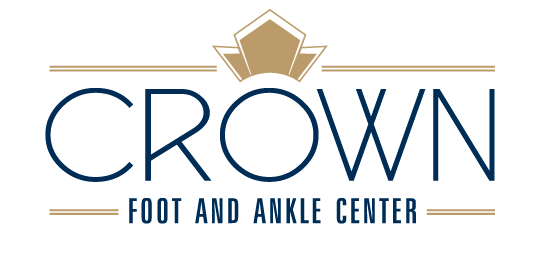Tendon Injuries
There can be different types of tendon injuries. The most common are Achilles Tendon Rupture (see link under Specialties Tab) and Peroneal Tendon Injuries.
Peroneal Tendon Injuries
What Are the Peroneal Tendons?
A tendon is a band of tissue that connects a muscle to a bone. The two peroneal tendons in the foot run side-by-side behind the outer ankle bone. One peroneal tendon attaches to the outer part of the midfoot, while the other tendon runs under the foot and attaches near the inside of the arch. The main function of the peroneal tendons is to stabilize the foot and ankle and protect them from sprains.
Causes and Symptoms of Peroneal Tendon Injuries
Peroneal tendon injuries may be acute (occurring suddenly) or chronic (developing over a period of time). They most commonly occur in individuals who participate in sports that involve repetitive ankle motion. In addition, people with higher arches are at risk for developing peroneal tendon injuries. Basic types of peroneal tendon injuries are tendonitis, tears, and subluxation.
Tendonitis is an inflammation of one or both tendons. The inflammation is caused by activities involving repetitive use of the tendon, overuse of the tendon, or trauma (such as an ankle sprain). Symptoms of tendonitis include:
- Pain
- Swelling
- Warmth to the touch
Acute tears are caused by repetitive activity or trauma. Immediate symptoms of acute tears include:
- Pain
- Swelling
- Weakness or instability of the foot and ankle
As time goes on, these tears may lead to a change in the shape of the foot, in which the arch may become higher.
Degenerative tears (tendonosis) are usually due to overuse and occur over long periods of time – often years. In degenerative tears, the tendon is like taffy that has been overstretched until it becomes thin and eventually frays. Having high arches also puts you at risk for developing a degenerative tear. The symptoms of degenerative tears may include:
- Sporadic pain (occurring from time to time) on the outside of the ankle
- Weakness or instability in the ankle
- An increase in the height of the arch
Subluxation – one or both tendons have slipped out of their normal position. In some cases, subluxation is due to a condition in which a person is born with a variation in the shape of the bone or muscle. In other cases, subluxation occurs following trauma, such as an ankle sprain. Damage or injury to the tissues that stabilize the tendons (retinaculum) can lead to chronic tendon subluxation. The symptoms of subluxation may include:
- A snapping feeling of the tendon around the ankle bone
- Sporadic pain behind the outside ankle bone
- Ankle instability or weakness
Early treatment of a subluxation is critical, since a tendon that continues to sublux (move out of position) is more likely to tear or rupture. Therefore, if you feel the characteristic snapping, see a foot and ankle surgeon immediately.
